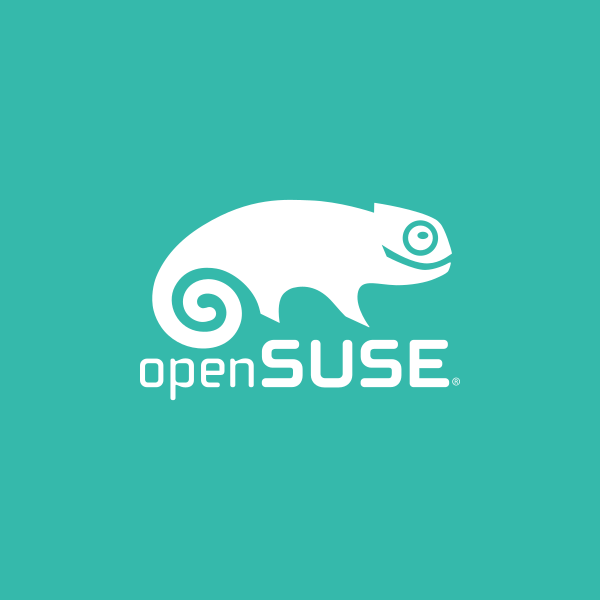rear
Relax-and-Recover (abbreviated rear) is a Linux Disaster Recovery framework
Relax-and-Recover (abbreviated rear) is a highly modular disaster recovery framework for GNU/Linux based systems, but can be easily extended to other UNIX alike systems. The disaster recovery information (and maybe the backups) can be stored via the network, local on hard disks or USB devices, DVD/CD-R, tape, etc. The result is also a bootable image that is capable of booting via PXE, DVD/CD and USB media. Relax-and-Recover integrates with other backup software and provides integrated bare metal disaster recovery abilities to the compatible backup software. Warning for users who like to upgrade Relax-and-Recover: Users who already use it must re-validate that their particular disaster recovery procedure still works. See in particular "Version upgrades" at <a href="http://en.opensuse.org/SDB:Disaster_Recovery">http://en.opensuse.org/SDB:Disaster_Recovery</a> Additionally when you already use Relax-and-Recover and you upgrade software that is related to the basic system (e.g. kernel, storage, bootloader, init, networking) or you do other changes in your basic system, you must also re-validate that your particular disaster recovery procedure still works for you.
There is no official package available for openSUSE Leap 15.6Distributions
openSUSE Tumbleweed
openSUSE Slowroll
openSUSE Leap 15.6
openSUSE Leap 15.5
SLFO_Main
openSUSE Backports for SLE 15 SP4
SUSE SLE-15-SP2
SUSE SLE-15-SP1
SUSE SLE-12-SP5
SUSE SLE-11 SP 4
Debian 12
Debian 11
Fedora 41
Fedora 40
CentOS CentOS-8
CentOS CentOS-7
Ubuntu 24.10
Ubuntu 24.04
Ubuntu 22.04
Ubuntu 20.04
